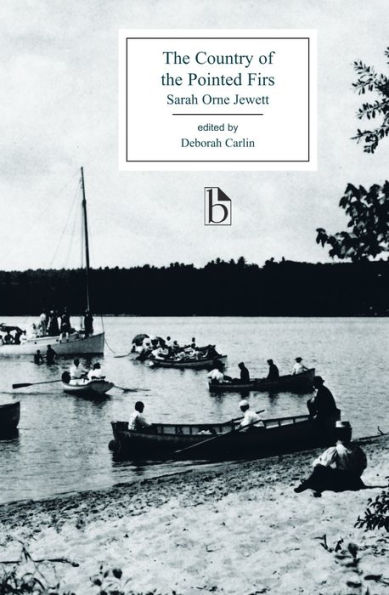A sharply observed, affectionate, and unsentimental portrait of life in a Maine fishing village, The Country of the Pointed Firs is Sarah Orne Jewett’s most enduring work, and commonly regarded as the finest example of American regionalist literature in the nineteenth century. It was originally published in four installments of the Atlantic Monthly in 1896; this Broadview Edition is based on the Atlantic serialization and also includes the four other stories set in Dunnet Landing.
The critical introduction situates the text in its historical, cultural, and literary milieu, attending to its place in Jewett’s oeuvre and in her biography. Appendices include earlier “local color” writing by Jewett and others, Jewett’s letters, and contemporary reviews of the novel.
A sharply observed, affectionate, and unsentimental portrait of life in a Maine fishing village, The Country of the Pointed Firs is Sarah Orne Jewett’s most enduring work, and commonly regarded as the finest example of American regionalist literature in the nineteenth century. It was originally published in four installments of the Atlantic Monthly in 1896; this Broadview Edition is based on the Atlantic serialization and also includes the four other stories set in Dunnet Landing.
The critical introduction situates the text in its historical, cultural, and literary milieu, attending to its place in Jewett’s oeuvre and in her biography. Appendices include earlier “local color” writing by Jewett and others, Jewett’s letters, and contemporary reviews of the novel.

The Country of the Pointed Firs
294
The Country of the Pointed Firs
294Paperback(New Edition)
Related collections and offers

Product Details
| ISBN-13: | 9781551118345 |
|---|---|
| Publisher: | Broadview Press |
| Publication date: | 11/13/2009 |
| Series: | Broadview Editions |
| Edition description: | New Edition |
| Pages: | 294 |
| Product dimensions: | 5.40(w) x 8.40(h) x 0.60(d) |
